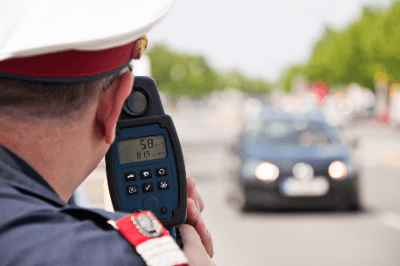What Is a Speedometer?

A speedometer is an instrument for measuring the speed of a moving object. Accurate measurement can only be made from the front of a moving object, and not from the side of a moving object.
Speedometers are used in baseball to measure the velocity of the ball thrown by the pitcher, and they are installed in front of the pitcher to measure the speed of the ball.
Some speedometers can also measure the acceleration of an object, so they can be used to measure the acceleration of a car.
Uses of Speedometers
Speedometers are used to measure the speed of moving objects, including baseballs, but they are especially commonly used to measure the speed of automobiles.
When a police officer is trying to enforce a speeding ticket, he or she needs evidence that a violation has occurred. Speedometers are used as evidence of this. Speedometers are also installed on roads to identify vehicles that are speeding. In this case, they are used as automatic speeding control devices, also called an “Orbis speed camera,” and when a speeding vehicle is identified, it is photographed and its license plate number and other information is captured in the photograph.
Principle of Speedometers
Speed measuring devices measure the radio waves that are reflected after they are emitted onto an object approaching or moving away from the front. As known as the Doppler effect, the wavelength of sound or light reflected from a moving object changes, and the speed measuring device uses this principle to calculate the speed based on the change in wavelength of the reflected radio waves.
In the Doppler effect, the frequency of a radio wave reflected from an approaching object increases, while the frequency of a radio wave reflected from an object moving away decreases. For this reason, the speed of objects that can be measured can be up to the speed of light, but in reality, the majority of applications are for speeds up to several hundred kilometers per hour.
When determining acceleration, measurements are taken twice. That is, the acceleration is calculated from the velocity obtained in the first measurement and the velocity obtained in the second measurement. When a baseball pitcher throws a ball, he does not accelerate but decelerates from the moment he throws it. Of course, this deceleration can be calculated in the same way as acceleration, but it is not measured because it is not necessary. However, a car, for example, accelerates after starting, so speedometers that can measure acceleration are used to measure this acceleration.